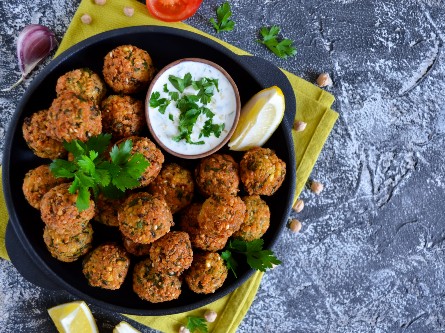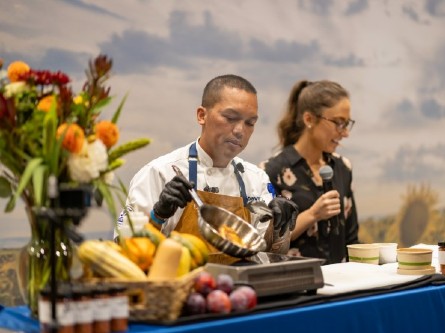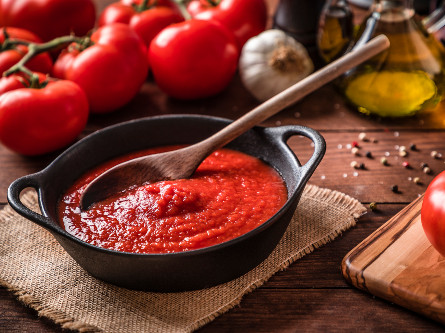Pumpkins are most often thought of as fall decorations to carve into cute or scary jack-o'-lanterns. But many people forget that pumpkins and their contents can be made into delicious, nutritious and enjoyable food.
Native to North and Central America, pumpkins are loaded with antioxidants like beta-carotene. Beta-carotene becomes vitamin A in our bodies and helps reduce risk of some cancers, protects against heart disease and supports vision health.
Pumpkins are abundant in potassium and fiber, which also contribute to heart health, and are very low in calories. One cup of pureed pumpkin has just 83 calories and 7 grams of fiber with no cholesterol, fat or sodium.
There are many varieties of pumpkin in many shapes and sizes. For cooking, choose pumpkins that are firm and feel heavy for their size.
Don't know what to do with your pumpkins? Here are six suggestions from our dietitians in Health Management and Education:
- Toast the seeds, remove the hulls and enjoy pumpkins as a tasty snack alone or sprinkle them over salads for a little crunch.
- Cook pumpkin chunks with black bean soup.
- Sauté pumpkin chunks, add kidney beans and season as desired for a tasty meatless meal.
- Add pureed pumpkin to breads, muffins, soups and smoothies.
- Replace some or all of the oil in muffin recipes with pureed pumpkin.
- Stuff a small pumpkin with apples, toasted pumpkin seeds and dried cranberries and then bake. Drizzle with honey and serve up slices as a healthful dessert.
Check out this recipe for Spicy Pumpkin Soup with Green Chili Swirl




